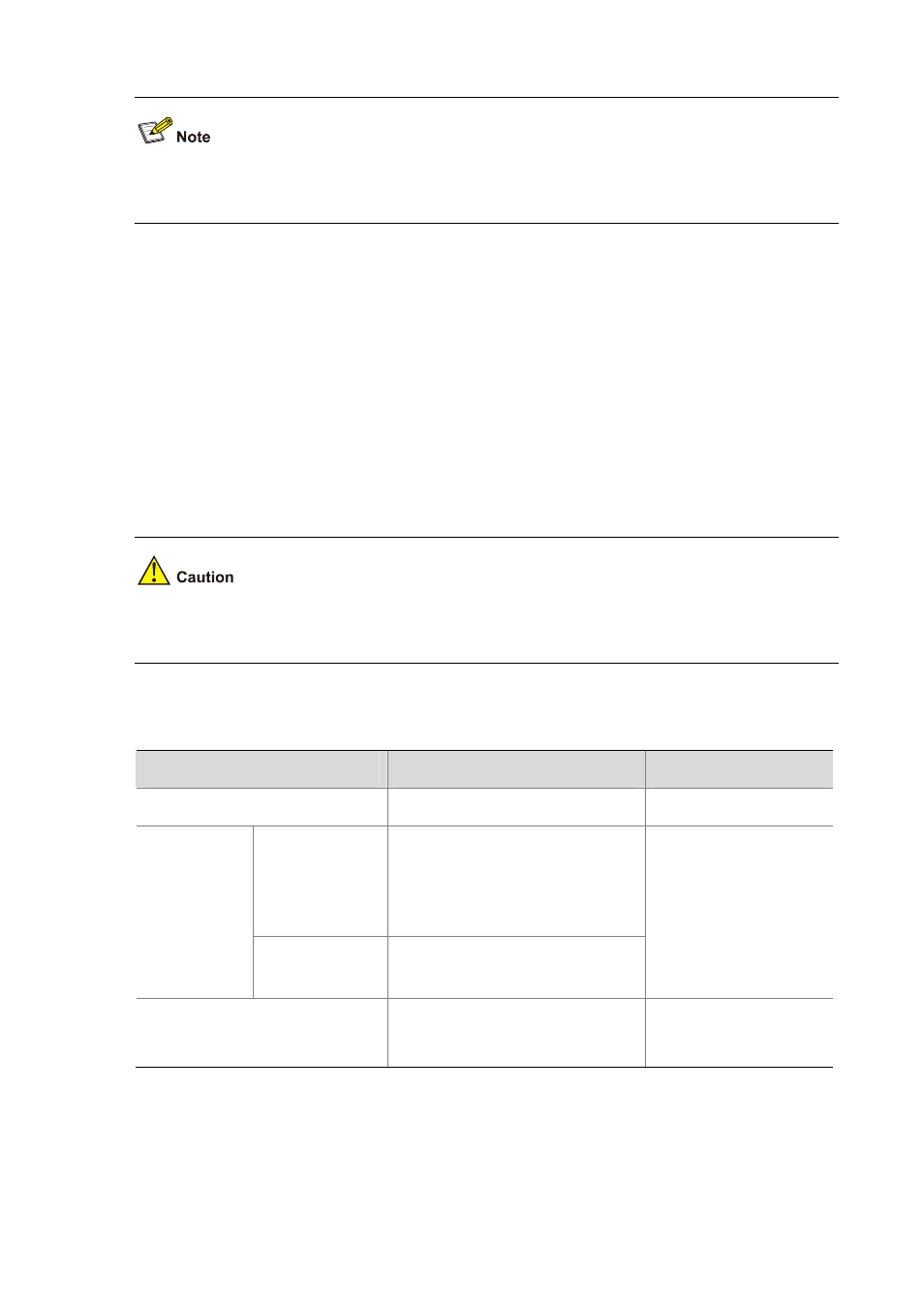Enabling loop guard – H3C Technologies H3C S7500E Series Switches User Manual
Page 192

13-40
Among loop guard, root guard and edge port settings, only one function (whichever is configured the
earliest) can take effect on a port at the same time.
Enabling Loop guard
By keeping receiving BPDUs from the upstream device, a device can maintain the state of the root port
and blocked ports. However, due to link congestion or unidirectional link failures, these ports may fail to
receive BPDUs from the upstream devices. In this case, the downstream device will reselect the port
roles: Those ports in forwarding state that failed to receive upstream BPDUs will become designated
ports, and the blocked ports will transition to the forwarding state, resulting in loops in the switched
network. The loop guard function can suppress the occurrence of such loops.
With loop guard enabled on a port, all instances on it are in the discarding state initially. Upon receiving
BPDUs, it can transition its role normally; if receiving no BPDU, it stays in the discarding state, thus
avoiding loops.
Do not enable loop guard on ports connecting to terminals, such as PCs. Otherwise, such ports will
always stay in the discarding state because they cannot receive BPDUs.
Make this configuration on the root port and alternate ports of a device.
Follow these steps to enable loop guard:
To do...
Use the command...
Remarks
Enter system view
system-view
—
Enter Ethernet
interface view, or
Layer 2 aggregate
interface view
interface interface-type
interface-number
Enter interface
view or port
group view
Enter port group
view
port-group manual port-group-name
Required
Use either command.
Enable the loop guard function for the
ports
stp loop-protection
Required
Disabled by default
